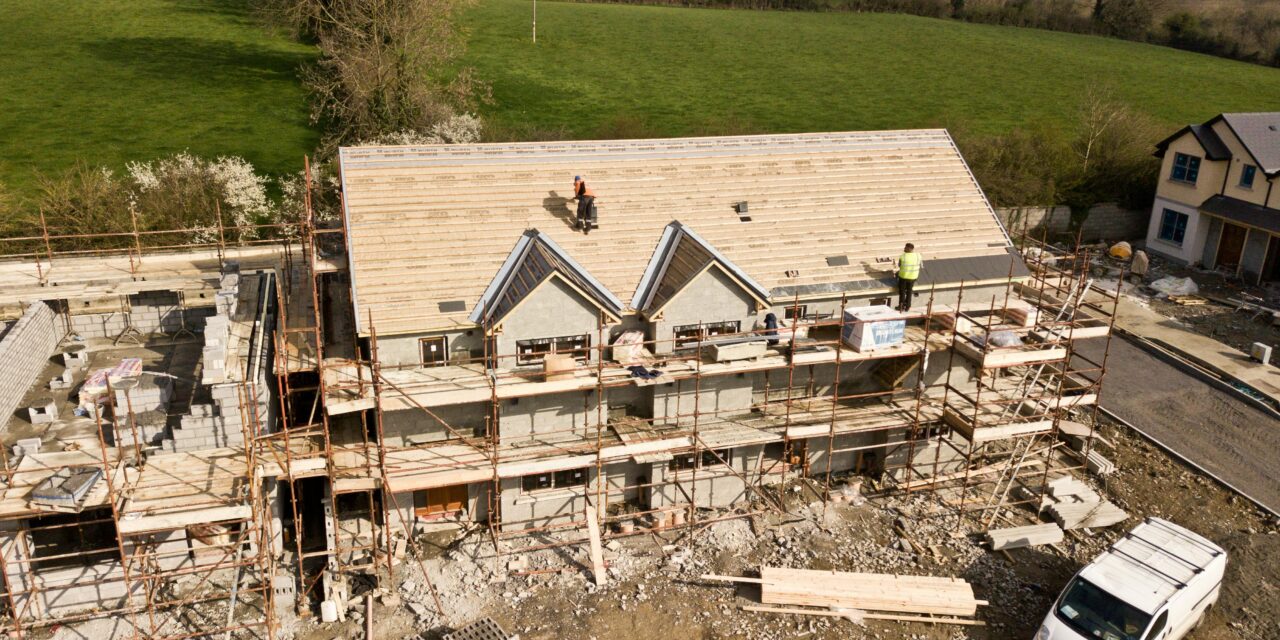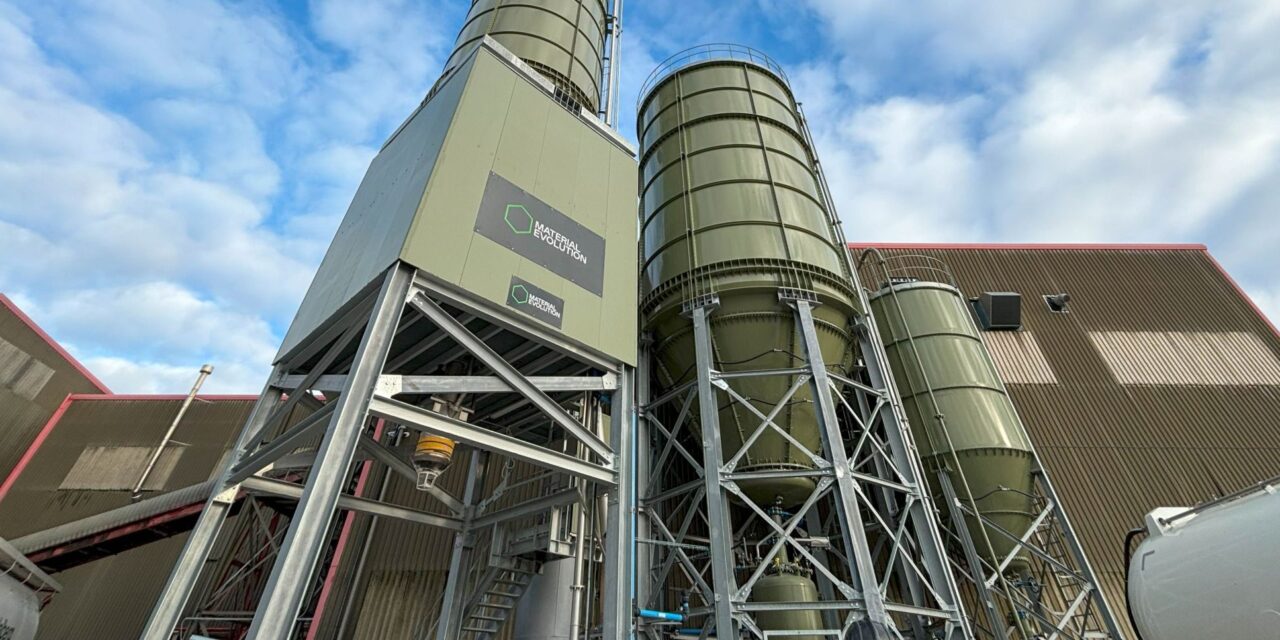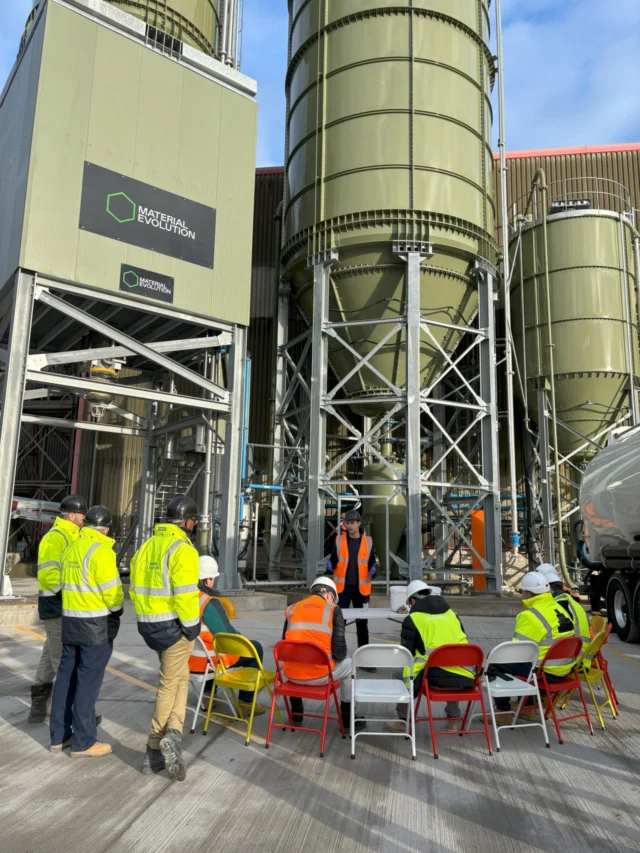
The Climate and Nature Bill, introduced by Liberal Democrat MP Roz Savage on 16 October 2024, has sparked significant debate within the UK’s political and industrial sectors. Aimed at establishing legally binding climate and nature targets, the bill seeks to position the UK as a leader in environmental stewardship. However, its potential impact on various industries, particularly construction, has led to widespread discussion and differing perspectives.

Objectives of the Climate and Nature Bill
The bill outlines three primary objectives:
- Reducing Greenhouse Gas Emissions: Mandating measures to align the UK’s emissions with its fair share of the global carbon budget, consistent with the Paris Agreement’s goal of limiting warming to 1.5°C.
- Reversing Environmental Degradation: Implementing strategies to halt and reverse environmental damage by 2030, including ecosystem restoration, species protection, and improvements in air, water, and soil quality.
- Establishing a Climate and Nature Assembly: Creating a temporary citizens’ assembly to advise on comprehensive strategies, thereby democratizing decision-making and fostering public engagement.
Parliamentary Proceedings and Opposition
On 24 January 2025, the House of Commons voted to end the debate on the bill by 120 votes to seven, effectively halting its progress. Critics argued that imposing legally binding targets could lead to higher costs, increased taxes, job losses, and greater reliance on imported fuels. The National Federation of Builders (NFB) supported this outcome, expressing concerns about the bill’s potential negative consequences on the construction industry.
Implications for the Construction Industry
The construction sector, particularly small and medium-sized enterprises (SMEs), plays a crucial role in implementing environmental solutions, such as integrating renewable energy into buildings and engaging in nature conservation projects. However, the NFB highlighted that these businesses often face challenges, including insolvencies. In October 2024 alone, 319 construction firms became insolvent, contributing to a total of 4,208 insolvencies that year up to October.
The NFB emphasized that while the bill’s intentions are commendable, it could inadvertently exacerbate existing challenges within the industry. They cited previous government decisions that have led to increased taxation and lower growth without yielding significant environmental benefits. For instance, the removal of the construction industry’s access to red diesel increased project costs and maintenance expenses, with most machinery still reliant on diesel fuel due to limited availability of electric alternatives.
Broader Environmental Policy Context
The debate surrounding the Climate and Nature Bill reflects broader tensions in UK environmental policy. While there is a clear need for ambitious action to address climate change and biodiversity loss, it is essential to balance these goals with economic considerations and the practical realities faced by industries.
For example, the UK’s Environment Act 2021 mandates a 10% biodiversity net gain (BNG) for most developments to improve natural habitats. However, some experts suggest that for renewable energy projects, raising the BNG requirement to at least 100% could maximize biodiversity benefits and enhance local communities’ access to nature.
The Climate and Nature Bill represents a bold step toward aligning the UK with its environmental commitments. However, its potential economic implications, particularly for the construction industry, warrant careful consideration. A balanced approach that integrates ambitious environmental targets with practical strategies to support affected industries is essential for sustainable progress.
As the UK continues to navigate the complexities of environmental legislation, it is crucial to foster collaboration among policymakers, industry stakeholders, and the public to develop solutions that are both effective and equitable.
















